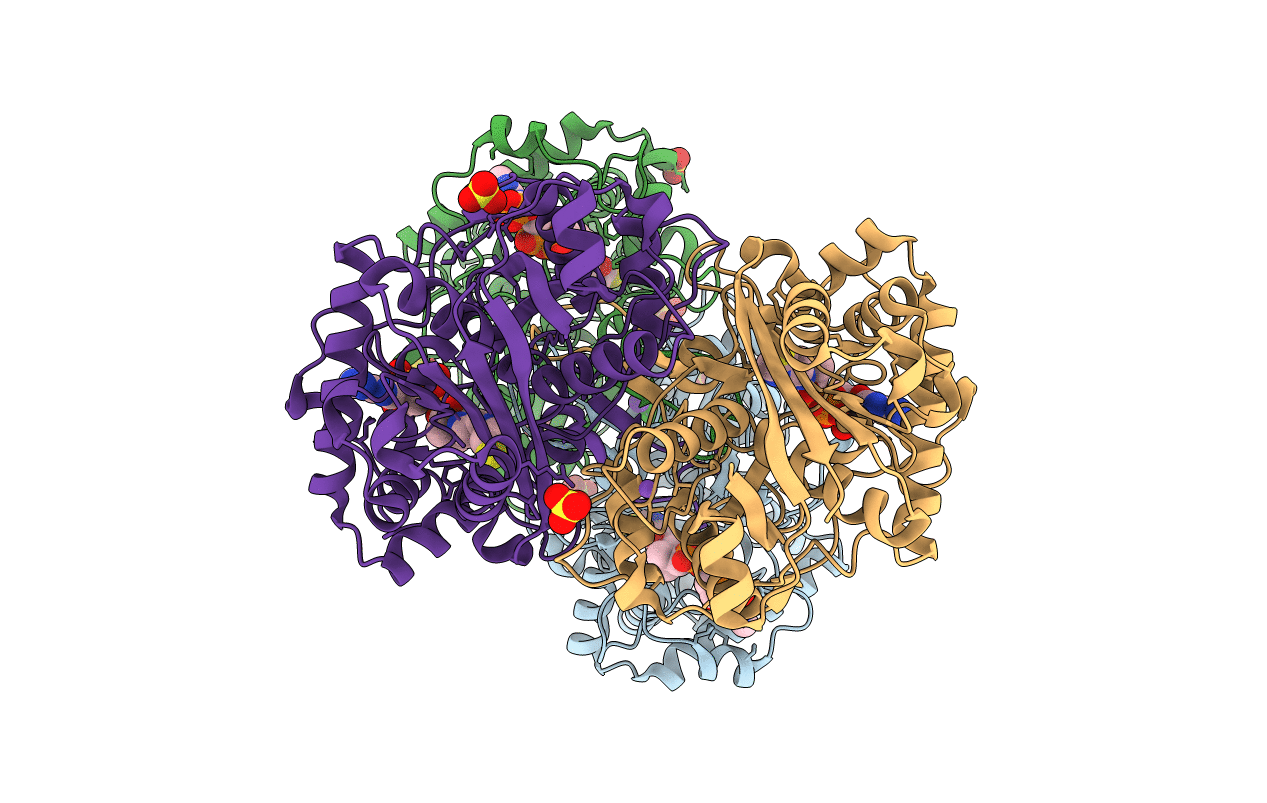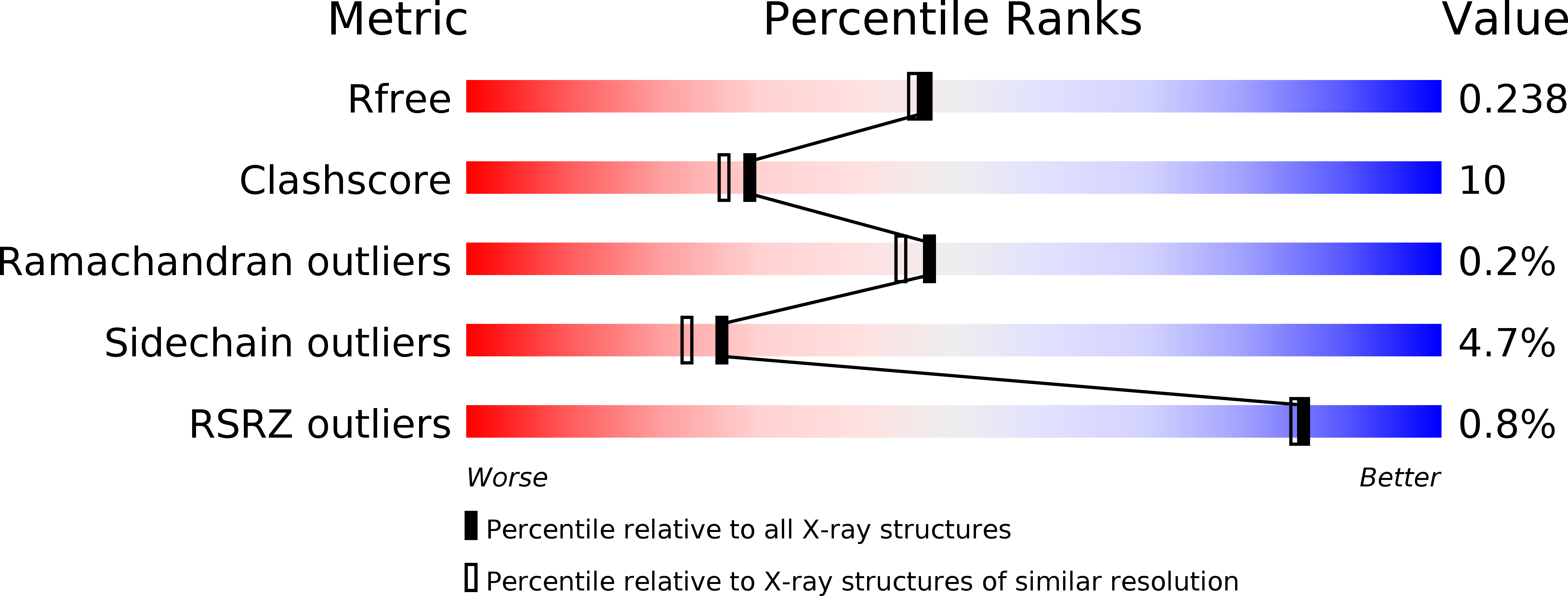
Deposition Date
2009-06-18
Release Date
2009-11-03
Last Version Date
2024-10-16
Entry Detail
PDB ID:
2WKT
Keywords:
Title:
BIOSYNTHETIC THIOLASE FROM Z. RAMIGERA. COMPLEX OF THE N316A MUTANT WITH COENZYME A.
Biological Source:
Source Organism:
ZOOGLOEA RAMIGERA (Taxon ID: 350)
Host Organism:
Method Details:
Experimental Method:
Resolution:
2.00 Å
R-Value Free:
0.23
R-Value Work:
0.18
R-Value Observed:
0.18
Space Group:
P 1 21 1


